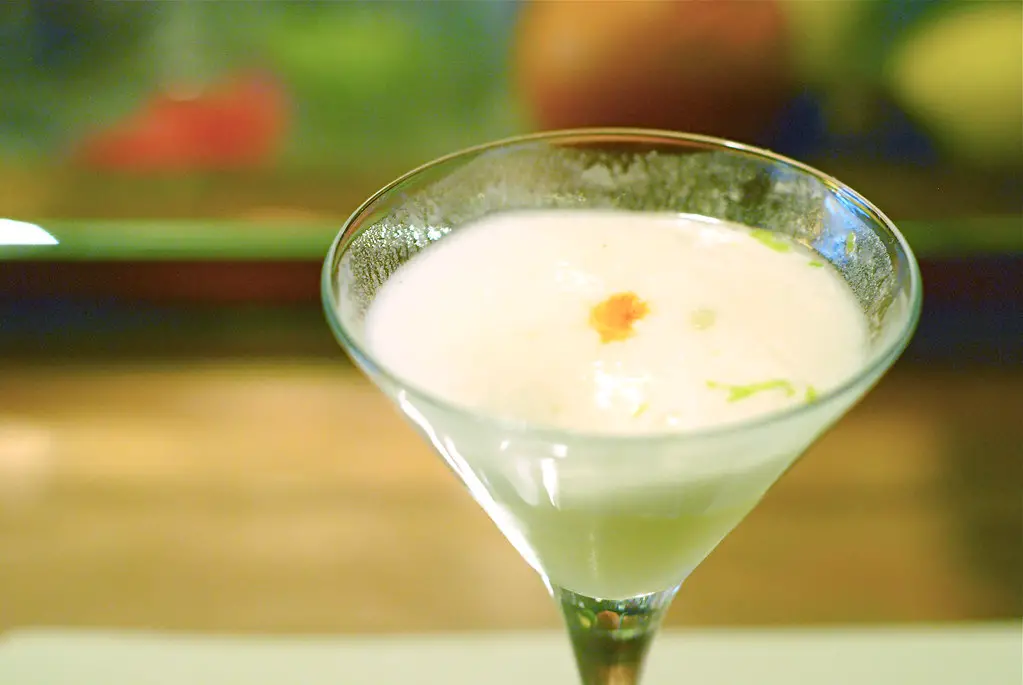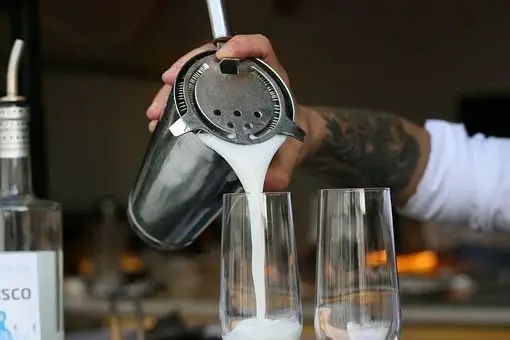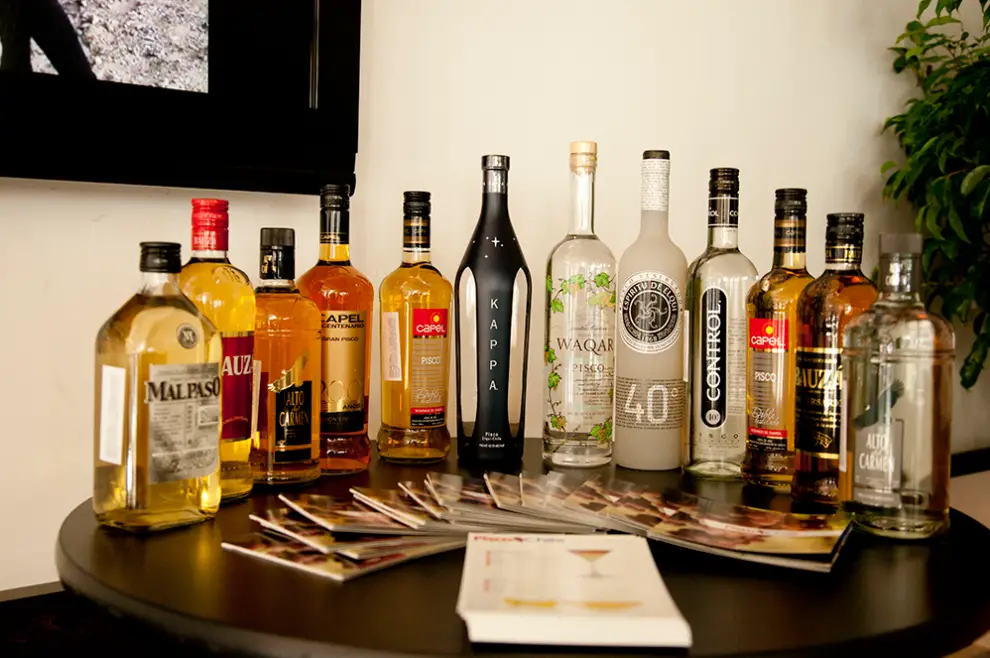Table of Contents
The Popular Brandy Has Been Produced in Chile since the 16th Century
Pisco is a brandy (called aguardiente in Spanish) made from distilled Muscatel grapes. In addition to Chile, Peru is also a leading producer of pisco.
Finer-quality pisco has a yellow tint, the result of being aged in oak barrels. Inexpensive, mass-marketed pisco is clear. Pisco is assigned to four different categories, depending on the alcohol content (or proof):
- Tradicional – 60 to 70 proof
- Especial – 70 to 80 proof
- Reservado 80 to 86 proof
- Gran Pisco – 86 or more proof.
In Chile, grapes for pisco are grown in the semi-arid region of northern Chile known as “El Norte Chico,” specifically in the valleys of Copiapó, Huasco, Elqui, Limarí y Choapa.
History of Pisco in Chile

According to the 2005 study “El Origen, Producción y Comercio del Pisco Chileno, 1546-1931,” by Hernán F. Cortés Olivares, Spanish conquistadors, who settled in northern Chile in the mid-16th century, discovered an area perfect for producing grapes according to their traditions from Spain.
The dry and sunny climate yielded grapes with a high quantity of sugar, giving them a licorice taste and a higher alcohol proof than other wine grapes. Using traditional Arabic distilling methods from Spain, these new grapes from El Norte Chico were used to produce the first pisco in Chile.
How pisco received its name is still disputed, according to the Cortés study. Some scholars believe it originates from the word “pishku,” a Mapuche word signifying “something cooked or burned in a pot.” (The Mapuche were one of the largest indigenous populations of Chile at the time the first Spanish settlers arrived).
Others argue that it received its name from the Peruvian port city of Pisco, which possibly means “bird” in the language of the Quechua, an indigenous group of this region of Peru, and was probably named so due to the abundance of birds along the city’s rocky coast.
The Dictionary of the Royal Academy of Spain defines “pisco” as the name given to the earthenware jugs that were used to export the liquor from Chile.
Leading Producers of Chilean Pisco
Capel, founded in 1935 as a cooperative of pisco producers in the Elqui Valley, is one of the leading pisco producers in Chile. A newer association, Compañía Pisquera de Chile, S.A. (CPCh), was formed in 2005, and comprises a variety of popular brands of pisco, including Pisco Mistral, Tres Erres, Campanario, Ruta Norte, Control and La Serena.
Cocktails with Pisco

One of the most popular Chilean drinks with pisco is piscola, a mixture of the liquor with Coca Cola, or a similar beverage.
Also familiar to all Chileans is pisco sour, a favorite aperitif, which is made by mixing chilled pisco with lime juice, powdered sugar, ice and egg whites.
A newer cocktail, Serena Libre, is popular in the northern Chilean city of La Serena, and consists of a mixture of pisco and sweetened papaya juice.

Avid traveler, journalist and writer, he moved away from his native France back in 2006 and settled in Chile. After visiting the country North to South, learning extensively about its culture, History, gastronomy, Thomas started to work as a tour guide. He liked it so much that he ended up creating his own tour agency in Valparaiso, where he lives today. You can visit my site at: https://chileprivatetours.com/
